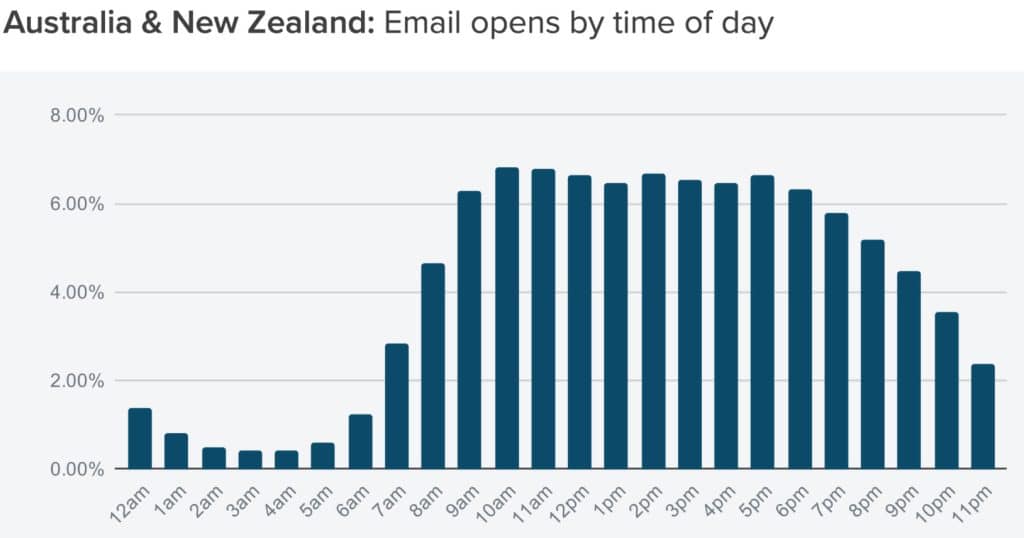Well then, it appears we are still not getting those promised ‘high speeds’ from the Australian National Broadband Network (NBN)
Internet providers are under pressure to scale back their advertised “typical” evening speed claims for NBN services following the release of a new report that effectively shames those alleged ‘under-performers’.
The latest installment of the Australian Competition and Consumer Commission’s (ACCC) NBN speed monitoring report [pdf], included a new chart showing the “proportion of busy hours where advertised speed was achieved” for each of the major retail service providers.
TPG was by far the winner, and was shown to meet its advertised busy hour speeds an impressive 83.4 percent of the time, while the major providers, Telstra and Optus, achieved the advertised speeds 76.3 percent and 74.6 percent of the time respectively.
Whilst those respectable numbers may be somewhat expected of Australia’s biggest providers of NBN services, some of the smaller providers fall shockingly short of their own advertised typical speeds. These instances were highlighted by 2 very notable examples.
Example #1: Aussie Broadband users in the ACCC speedtest sample hit advertised evening NBN peak speeds just 25.9 percent of the time.
Example #2: MyRepublic also fared relatively poorly on the measure, achieving 37.1 percent.
These numbers came with little context from the ACCC, particularly to explain why two sizable ISPs could allegedly under-perform their rivals by such a massive margin. The first explanation – and indeed the one the ACCC is pushing – is that the measure exposes truth in NBN advertising.
Certainly, some of the typical busy hour claims made by ISPs on their websites are hard to practically correlate with reality. Comparison sites have been chronicling these speed claims and their movements over the past couple of years, but of course practical examples require more specific user feedback and/or tracking which are not really feasible on a large scale today.
There is typically no explanation from ISPs about how the numbers were reached and to what extent they represent the common user experience on the network.
It is hoped that the ACCC’s introduction of a standardised measure on ISP speed claims could reduce any residual uncertainty in NBN advertising as we move into the next decade.
“This additional report was introduced to further encourage ISPs to align their typical busy hour speed claims with what their plans deliver on average when their networks are under most stress,” an ACCC spokesperson.
Not all ISP’s are the same. The best practice is to do your research when choosing an NBN Plan, read consumer forums and ask for advice from existing user’s of a particular ISP’s service. Do not simply follow the ISP’s guidelines and promises, but dig a little deeper and demand better.
If you are looking to change service providers, as a proud TPG/AAPT wholesale provider, we are able to assist with any number of NBN and Fibre Internet services. For enquiries please contact us today.



About The Author: Rory McElwee
More posts by Rory McElwee